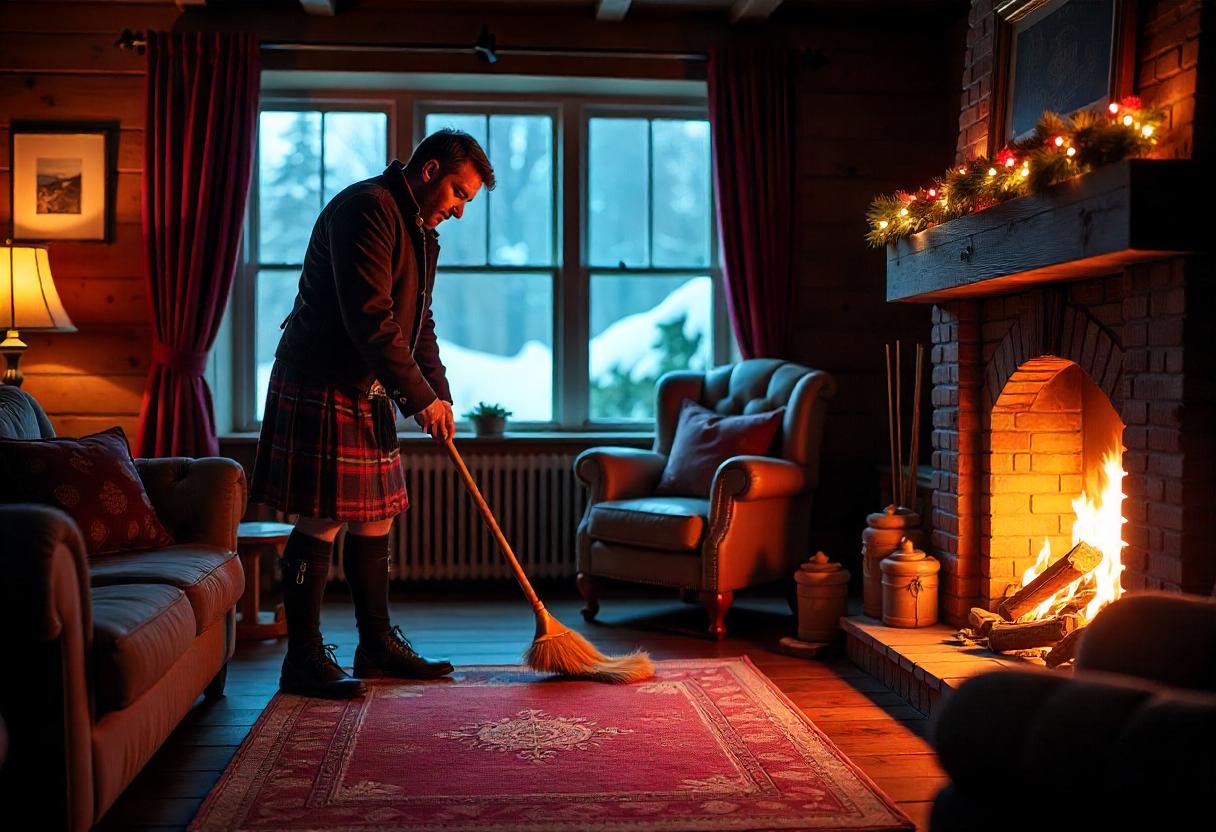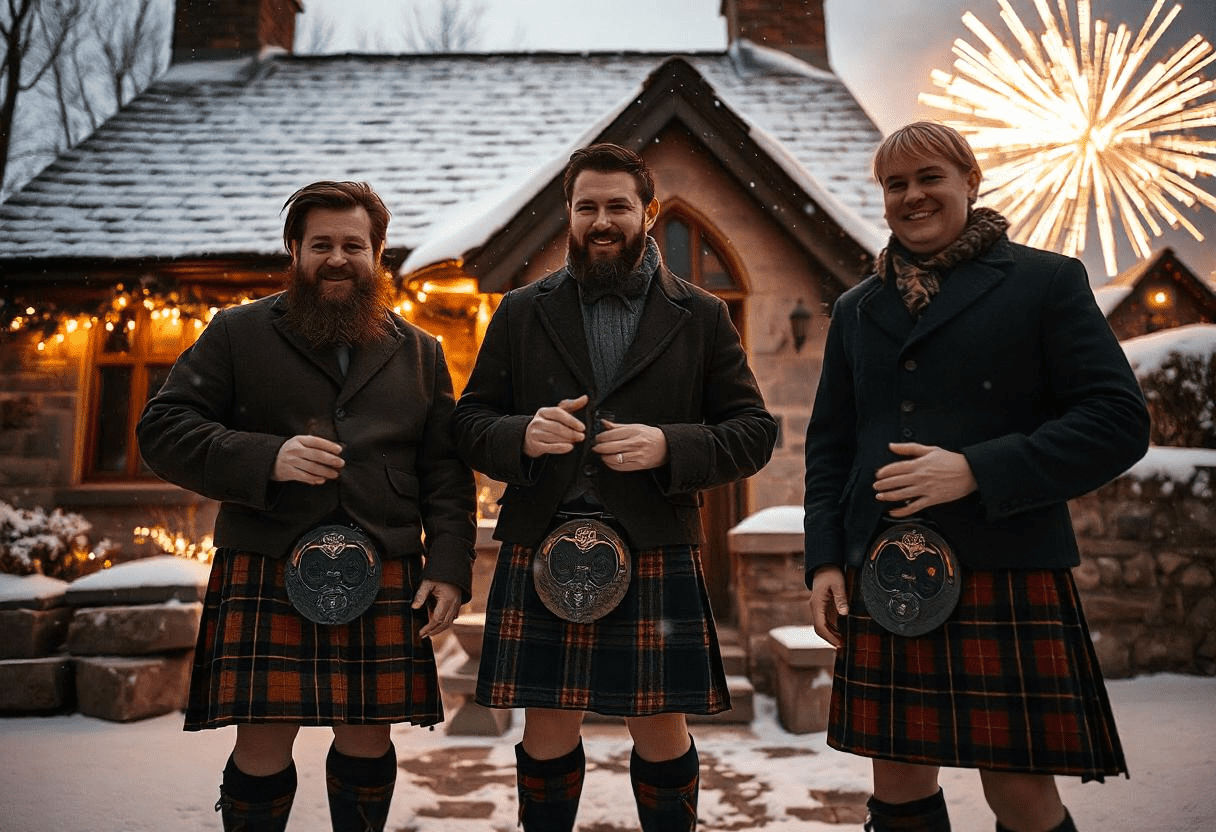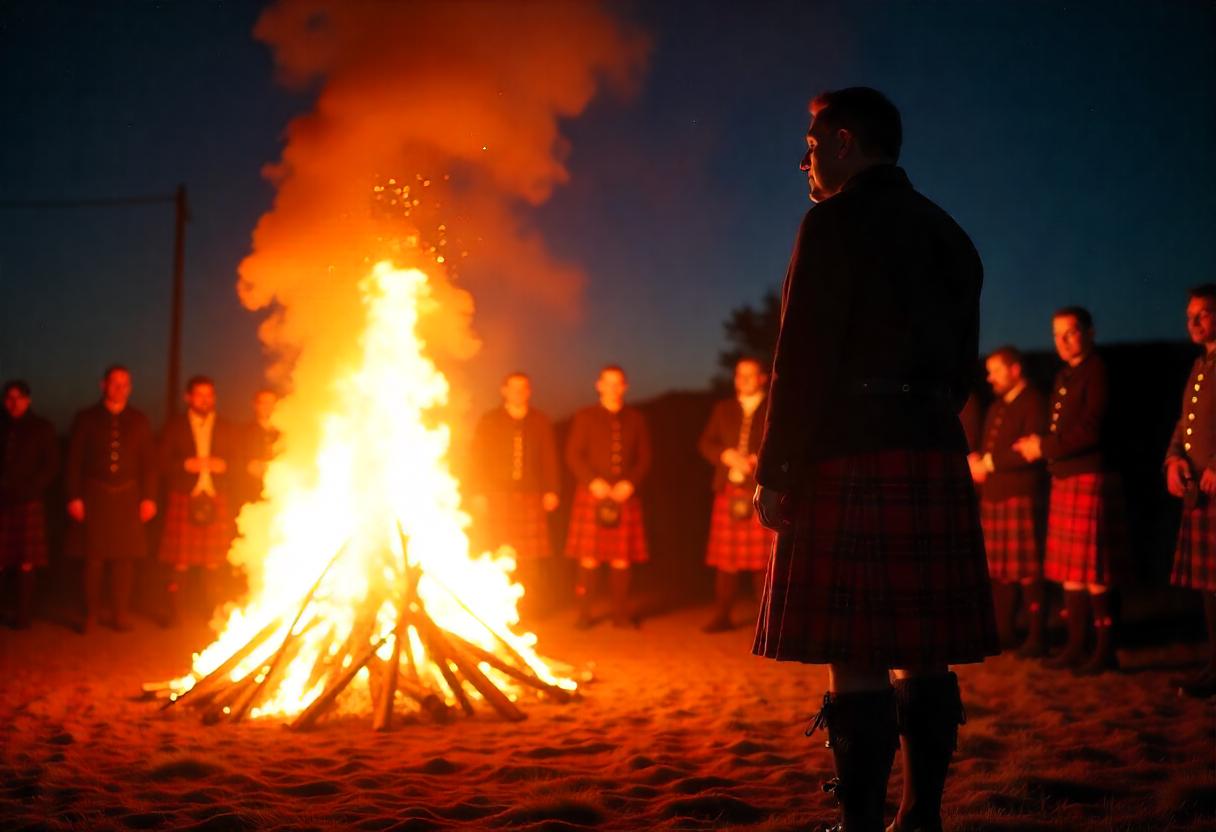Hogmanay, Scotland’s Unique New Year Traditions

A Hogmanay is a Scottish event that takes place at the start of every year. In short, it is another name for New Year’s Eve. This day is essential for the Scots and is considered one of the year’s biggest days and different Hogmanay celebrations take place yearly. This information will tell you about these celebrations and even some ways to commemorate this day.
About Hogmanay
Over 200 festivals are celebrated yearly in Scotland, and Hogmanay is one of them. Historically, this day was celebrated as an alternative to Christmas Eve. This fact might be shocking to a few that Christmas celebrations were banned for almost 400 years in Scotland. The Hogmanay event was substituted for that special event. After a struggle from the Scots, the Christmas ban was removed, but the Hogmanay event is still part of their festivals.
Hogmanay Traditions
The Hogmanay event itself is of great importance in Scots now. Every individual in Scotland proudly observes this event. Hogmanay is a public holiday, and many street parties are held there. Scots also have some traditional rituals of this day, such as first footing, saining, etc. Though these practices are traditional they are still common today. Have a look at the traditions below:
Redding the House
One of the most common traditional ways to commemorate this day is to clean the entire house. Here, the redding means to clean the house, not to paint it. In the 1800s, starting the new year with an unclean house was bad luck, so Scots made it mandatory to clean their houses.

Scots follow this day with the same passion today. They clean every part of their houses from top to bottom, even remove the ashes from fireplaces. Moreover, they ensure to pay their debts before the date changes. Normally, midnight is the last moment to clean the house and pay their debts.
Auld Lang Syne
Auld Lang Syne is a traditional Scottish song written by a Scottish poet Robert Burns. The lyrics here are in Scottish language which means to say farewell to the previous year and welcome the newer one. Usually, this song is sung by families and people in the streets loudly at midnight on New Year’s Eve. English translation of a part of this song is:
“Should Old Acquaintance be forgot,
and never thought upon;
The flames of Love extinguished,
and fully past and gone:
Is thy sweet Heart now grown so cold,
that loving Breast of thine;
That thou canst never once reflect
On old long syne.”
Saining
Another common practice or tradition among the Scots on Hogmanay is “Saining.” This tradition was initiated in the 17th century, and people in Scotland still sain (bless) their houses, including households and livestock. How do they bless their belongings?
Scots clean their houses with water from the river that is purified in any manner. Furthermore, they burn Jupiter bushes in their houses to fill the smoke throughout their entire homes. According to their belief this smoke vanishes the evil spirits from the houses, so they open their windows and let the smoke fly away.
First Footing
People in Scotland consider it as a perfect way to bring good luck to the houses. At midnight on December 31, Scots start heading to the homes of their loved ones to be the first footer – the first person to enter the home in the new year.

The first footers are supposed to visit with coal as warmth, shortbread or black bun for nourishment, and silver coin to bring prosperity to the loved ones. Similarly, a black-haired man is considered to bring fortune as a first footer.
Torchlight Processions
At Hogmanay night, Scots are seen with torchlights in their hands. This tradition is called a torchlight procession. They believe that the torch is an emblem of enlightenment and hope for fortune ahead. The light-bearers make a river of fire, and it is thought they flew away the negativities from the town.
A large number of people participate in this practice. According to Euro News, the largest crowd gathers in Edinburgh, where 20,000 people leave their homes. In addition, fundraising and charities are promoted in this procession to help the needy people.
Loony Dook
Loony Dook is an interesting Hogmanay tradition. While celebrating, people dive in the freezing water of the Firth of Forth at South Queensferry. This tradition is not that ancient. It started on 1 January in 1987. The practice was started as a cure against hangovers and has now been adopted as an annual tradition.
Handy Tips to Celebrate Hogmanay
Till now we discussed a few traditions of Hogmanay. Let’s talk about some practical tips for participating in this event now. Generally, there are a few practices that can be handy for spending New Year’s night with loved ones while laughing.
Host A Party & Make Traditional Foods
Hosting a party is the first and easiest way to bring your loved ones together. Gather your family and friends to serve them traditional foods. Doing so helps you spend New Year’s night happily with loved ones.
Wear Traditional Dress
No idea is better than wearing traditional attire when celebrating a traditional event. Being a Scot, you must wear your cultural kilt outfit to admire the annual event. They let you showcase patriotism and love for culture. Kilts are available in multiple variations and one can choose any from tartan kilts,Utility Kilts, leather kilts, hybrid kilts, etc.

Make Donations
As mentioned earlier, donations are made that night. Undoubtedly, it is the best practice to help others. All the celebrations or traditions of this night aim to bring fortune to the house, city, and even country. Vagrant also deserves happiness, and your donations can become a resource for them.
Conclusion
Hogmanay is another name for New Year’s Night in Scotland. This is a traditional celebration there and served as an alternative to Christmas for a long time. People kept on celebrating this occasion even after the ban on Christmas was removed. Many practices are connected to this day, such as singing traditional songs, redding the house, torchlight processions, etc. All of these traditions mean to bring good fortune. In addition, you can make this day special by bringing families together and donating to the less fortunate.




